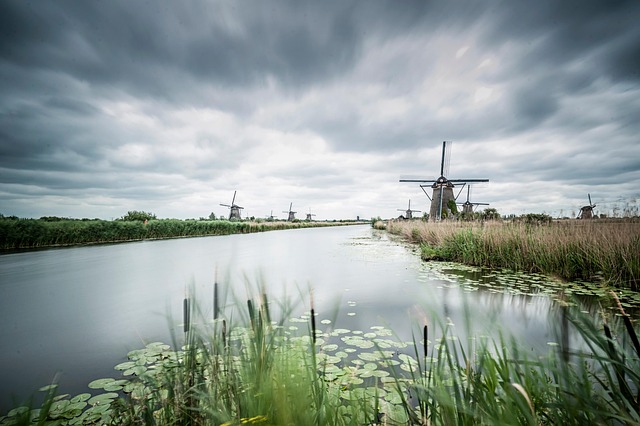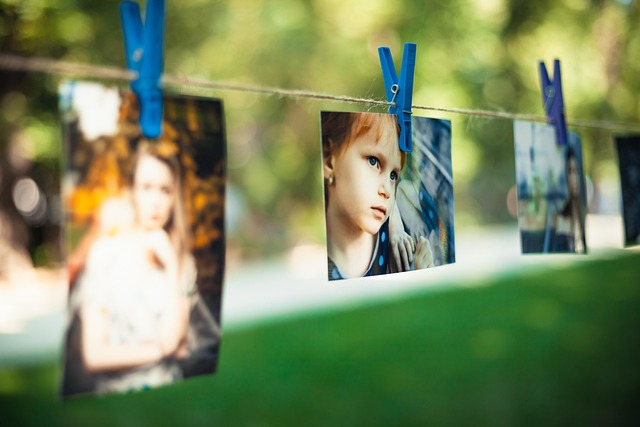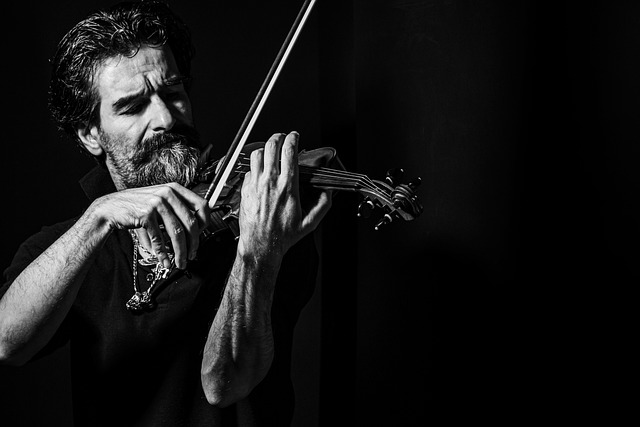Mastering Long Exposure: A Photographer’s Guide
There’s a unique magic in long exposure photography that captivates both the photographer and the viewer alike. Imagine the world transformed — flowing water becomes a silky dream, moving crowds dissolve into ghostly figures, and lights streak through the night sky, telling stories of time’s passage. This technique invites us to slow down, to see beyond the moments the naked eye can catch, and to reveal a hidden layer of reality that pulses with emotion and artistry.
Photography, at its core, is about freezing moments, but long exposure challenges that notion. Instead of stopping time, it stretches it, blending seconds into a single frame. This creates images that stir feelings of tranquility, mystery, or even wonder. For photographers, mastering long exposure means learning to embrace patience and precision — qualities that elevate your craft and deepen your connection to the scene.
The Emotional Connection Behind Long Exposure
When you set your camera to capture long exposure shots, you’re entering a dialogue with the environment and time itself. The technique allows you to paint with light and time, creating images that feel almost dreamlike. It’s about expressing the unseen rhythms of life — the ebb and flow of tides, the dance of clouds, or the quiet passage of stars overhead.
As you watch the shutter remain open, capturing the accumulation of moments, you begin to perceive the world differently. The traffic’s hustle transforms into streams of light; a waterfall loses its roar and becomes a smooth cascade. This artistic transformation connects you to the emotions behind each scene — serenity, chaos, solitude, or movement — and offers a fresh perspective on the everyday.
Essential Tips for Embracing Long Exposure Photography
- Use a Sturdy Tripod: Stability is key. To avoid blurring your entire image, make sure your camera stays perfectly still during the exposure.
- Choose the Right Shutter Speed: Depending on your subject, experiment with different exposure times — from a few seconds to several minutes — to capture the desired effect.
- Control Light with ND Filters: Neutral Density filters reduce the amount of light entering your lens, allowing you to use longer shutter speeds even during daylight.
- Focus Manually: Autofocus might struggle in low-light conditions; manual focus gives you control and precision.
- Use a Remote Shutter Release or Timer: Prevent camera shake by triggering the shutter without physically touching the camera.
Crafting Your Own Long Exposure Moments
Beyond technical skills, long exposure photography is about storytelling with time as your brush. Choose subjects that move — water, clouds, traffic, crowds — and imagine how their motion can be transformed to evoke a mood. Consider shooting during the blue hour or at night to add a mystical vibe through artificial lights and shadows.
As you experiment, allow yourself to slow down and become fully present. The process is often meditative, fostering a deeper appreciation of subtle movements that happen too quickly to observe otherwise. With every click, you capture more than just an image — you capture a sense of feeling, a fleeting pulse of life framed in stillness.
In embracing long exposure, photographers open a gateway to both technical mastery and soulful expression, creating works that resonate deeply with viewers who yearn for meaning beyond the instant. So grab your camera, find a scene alive with movement, and start painting with time.




